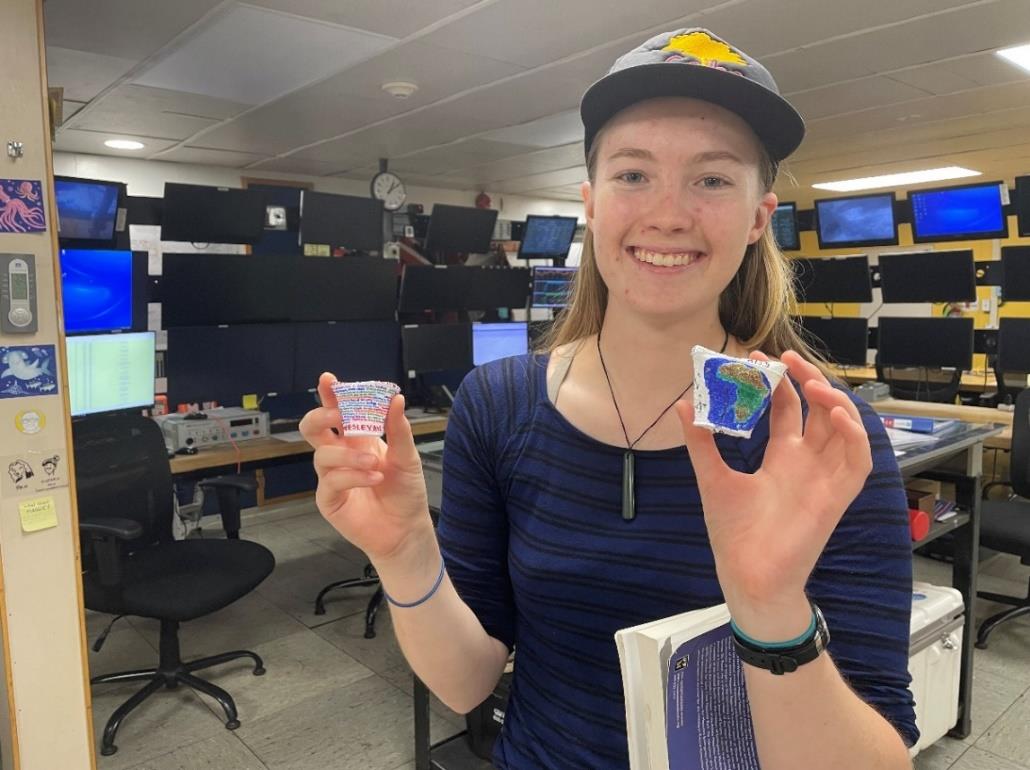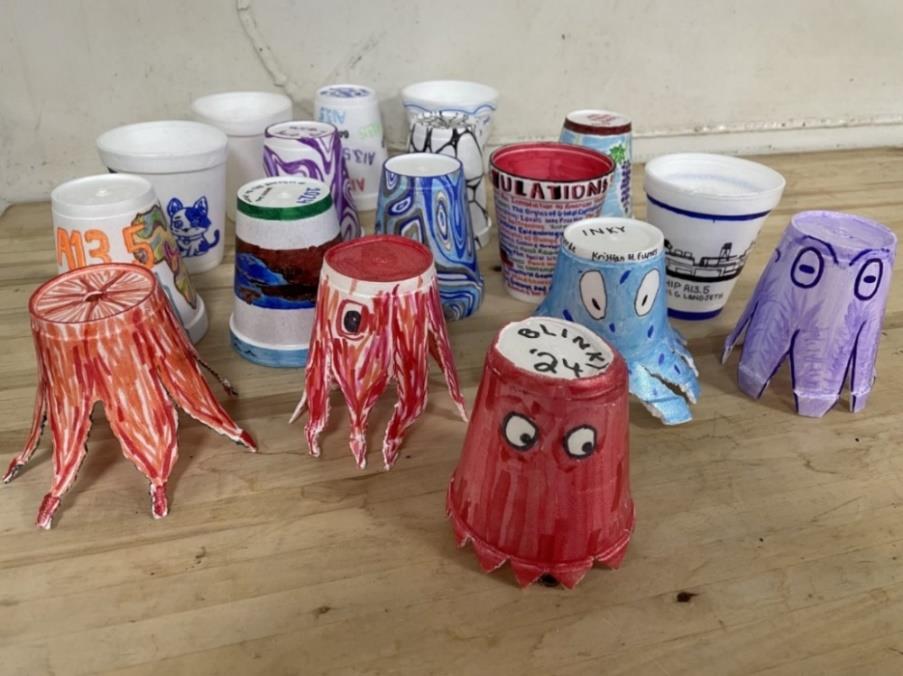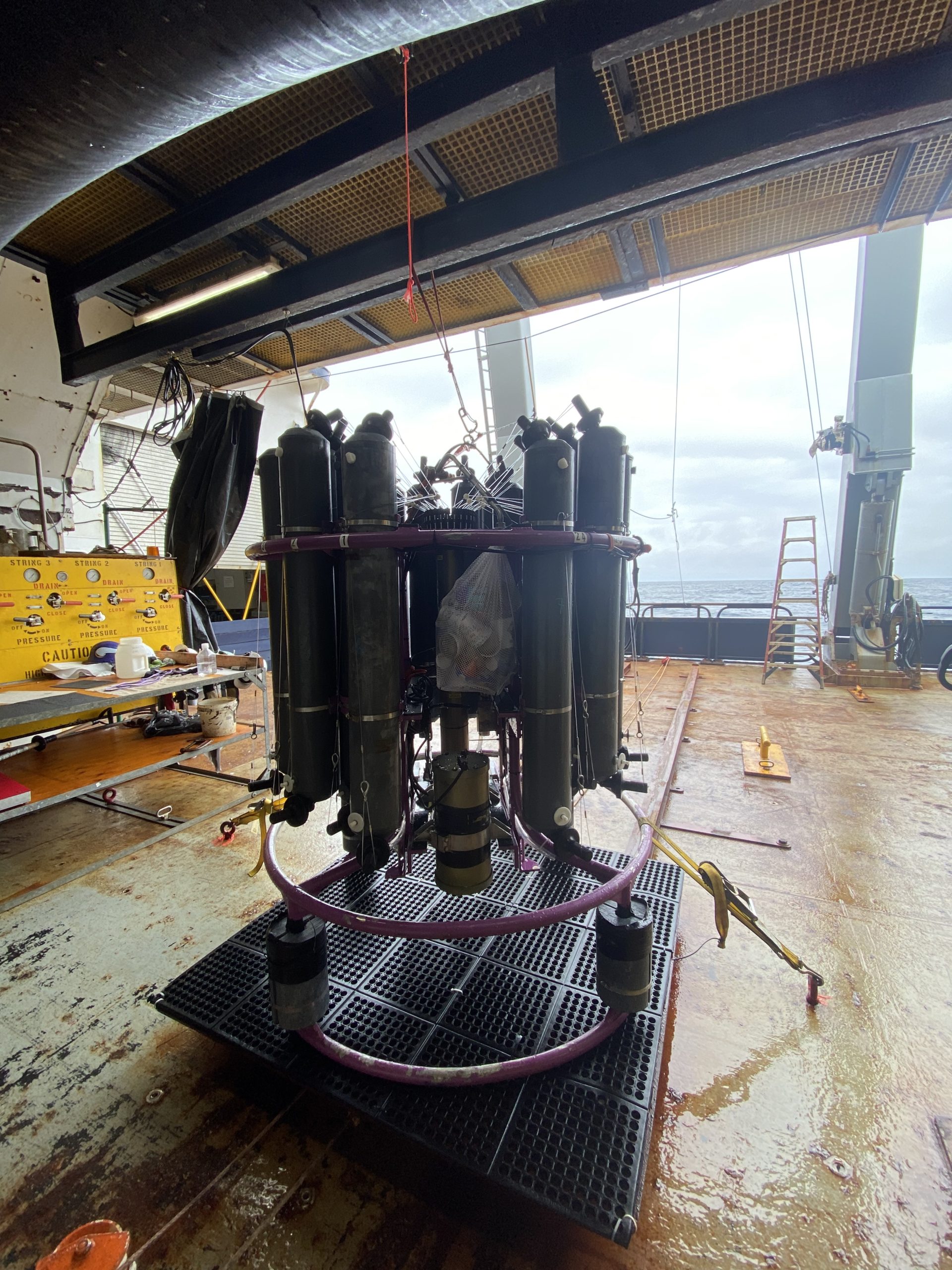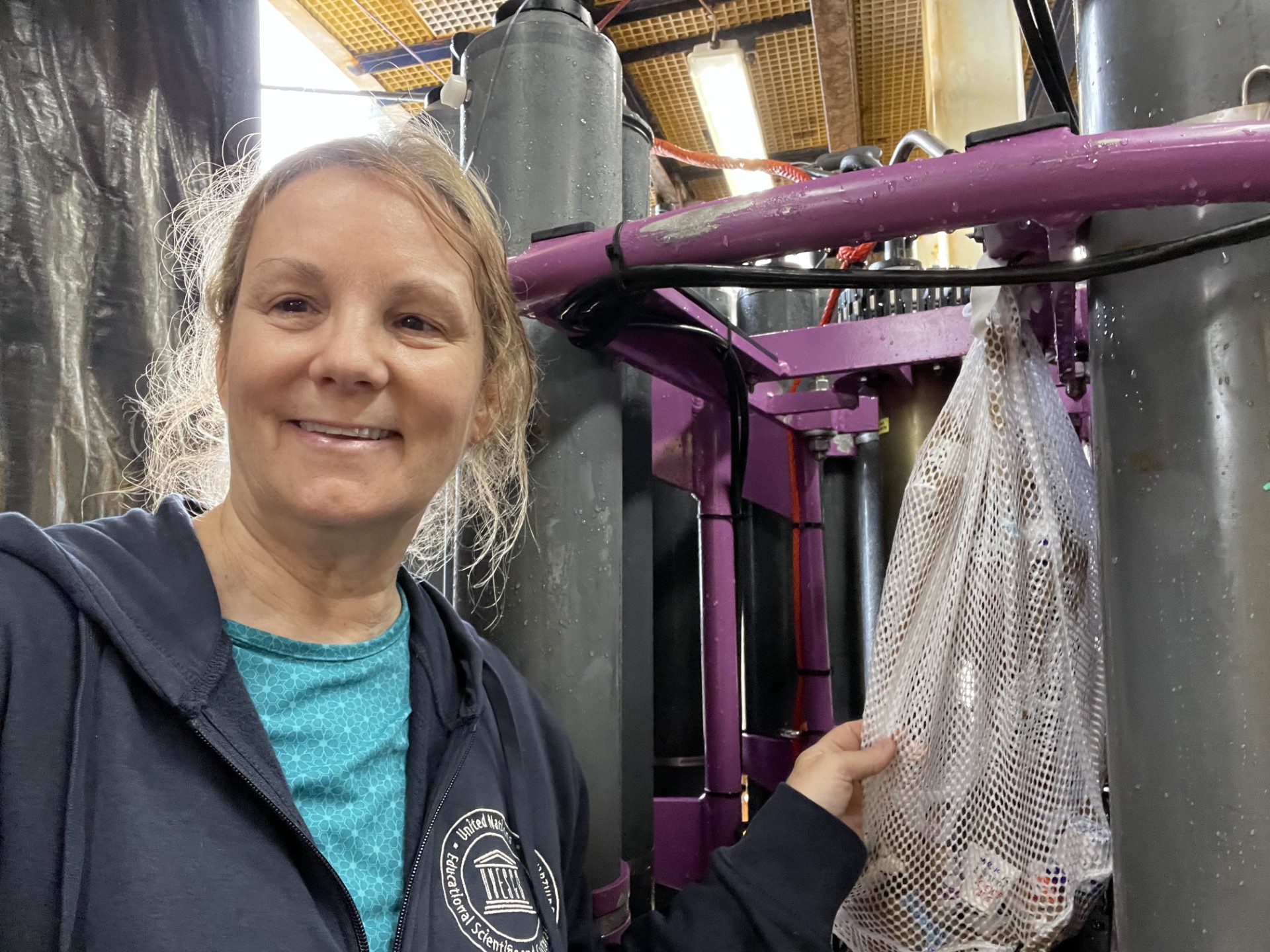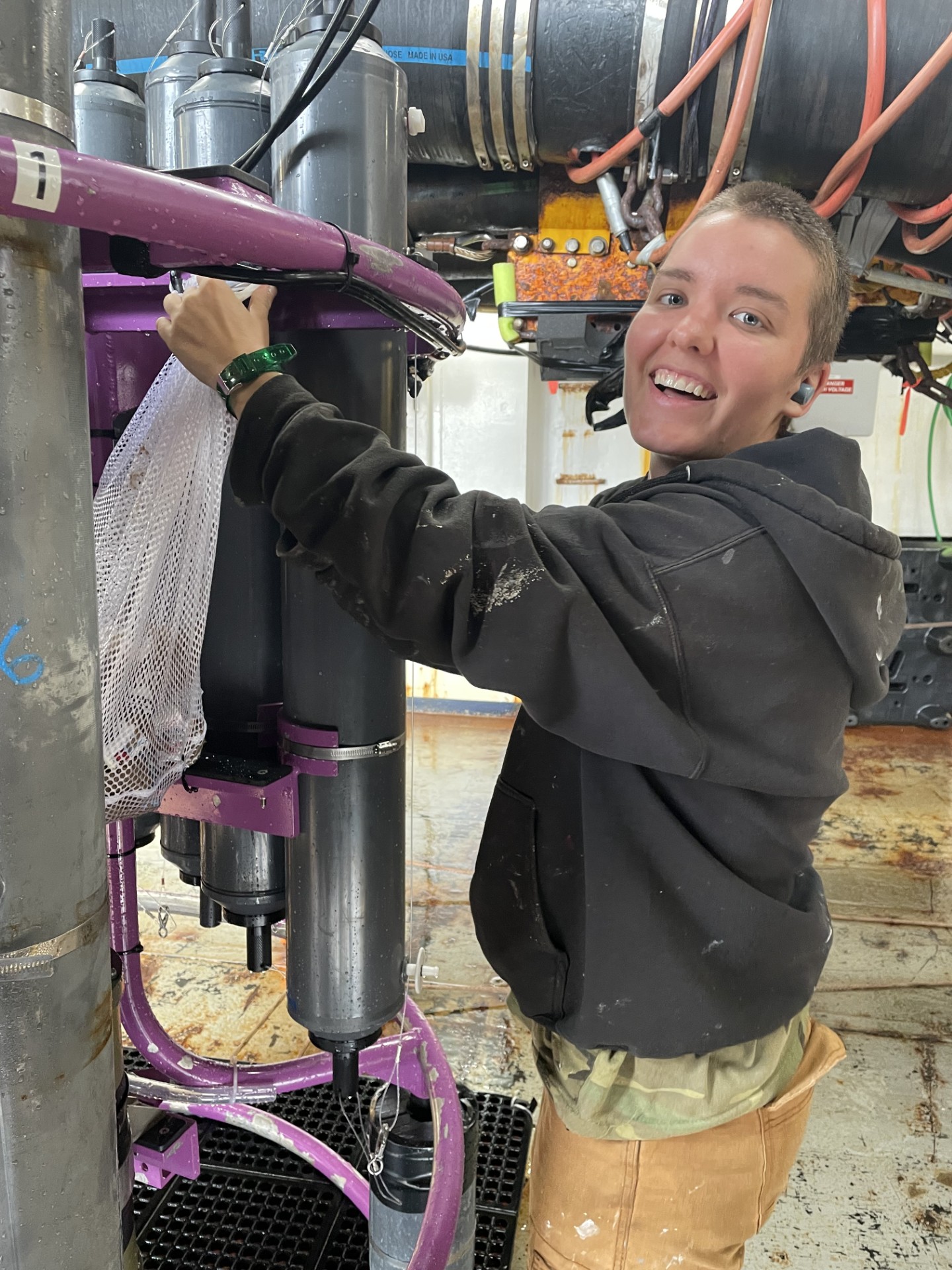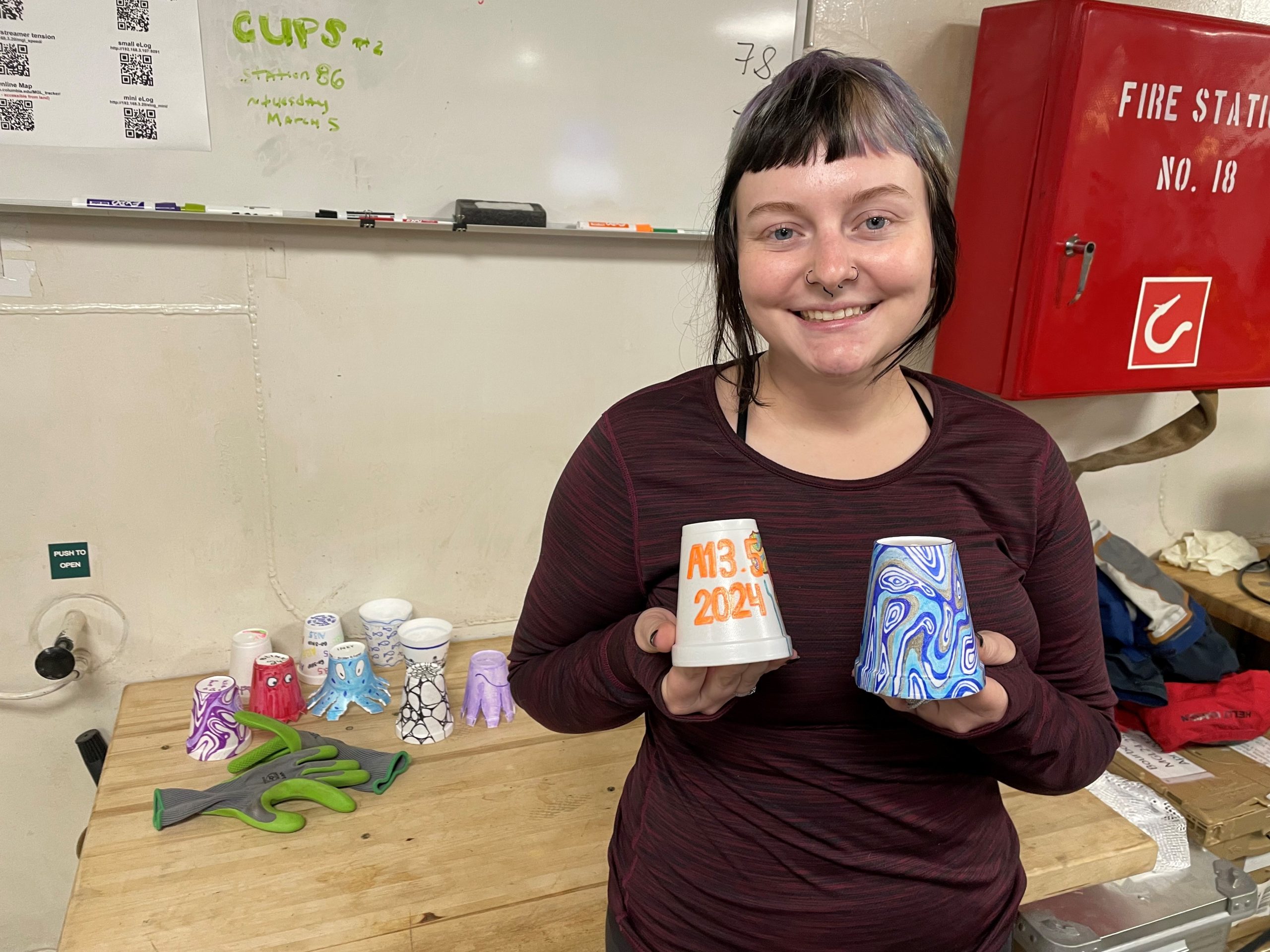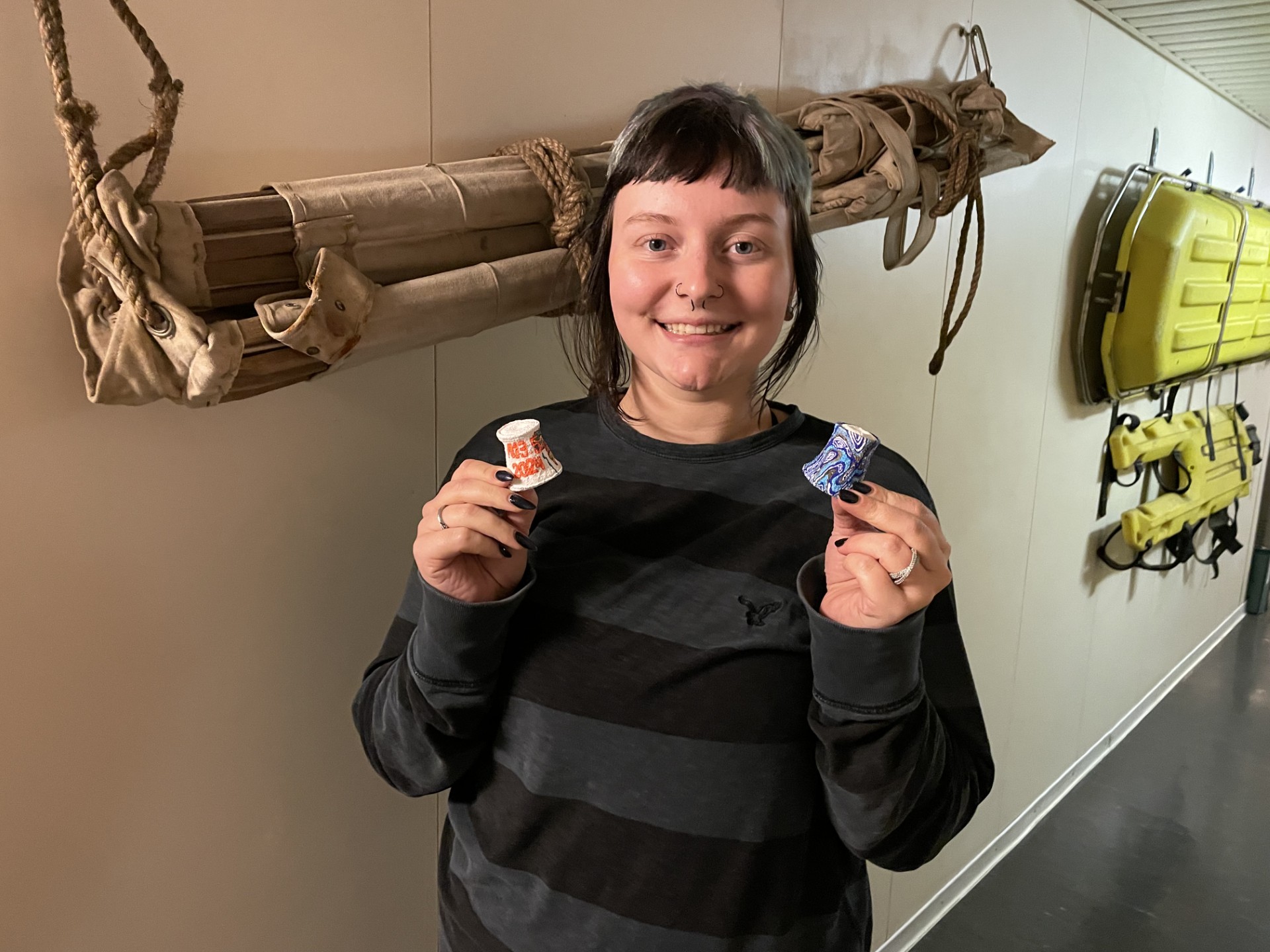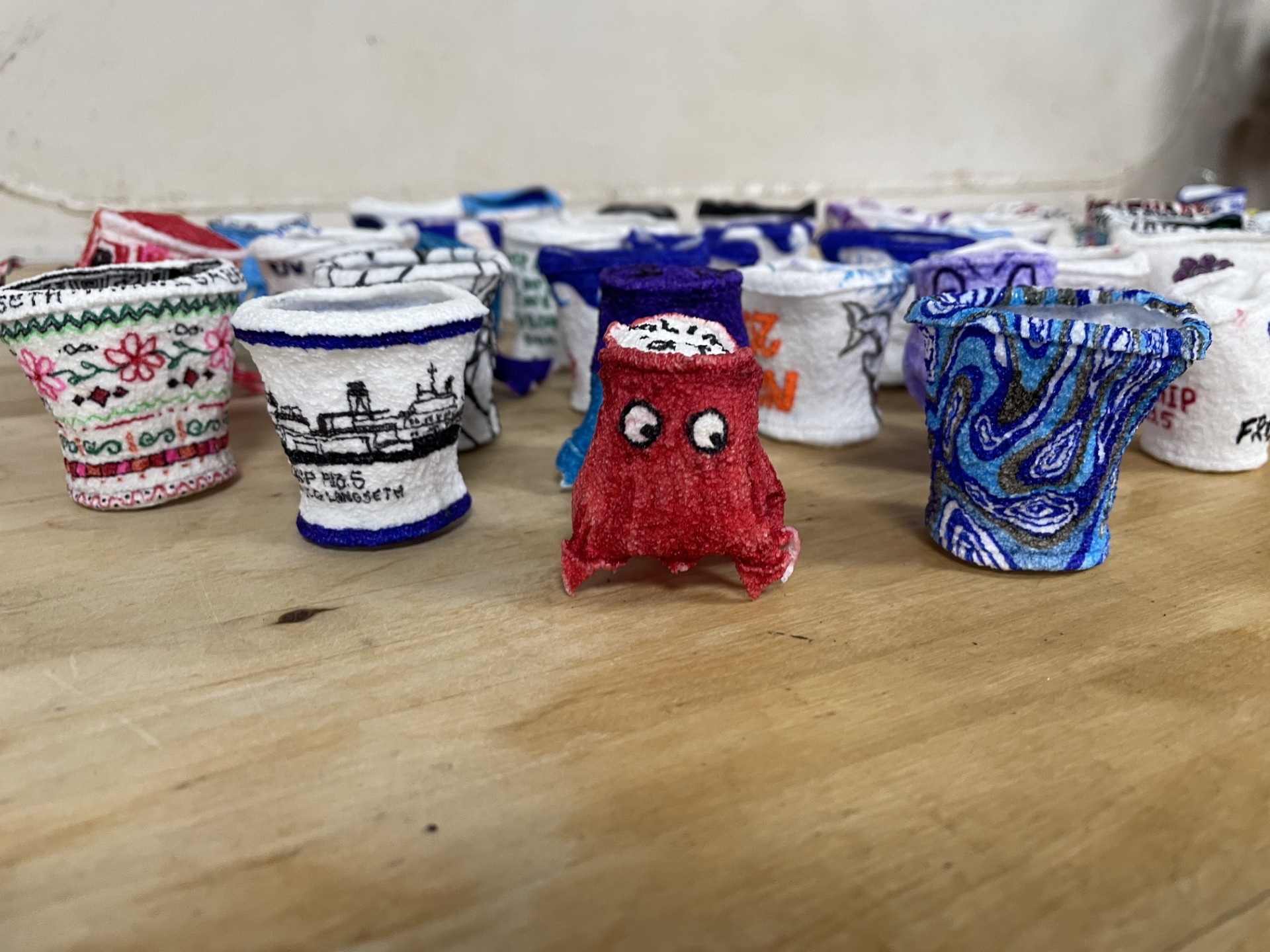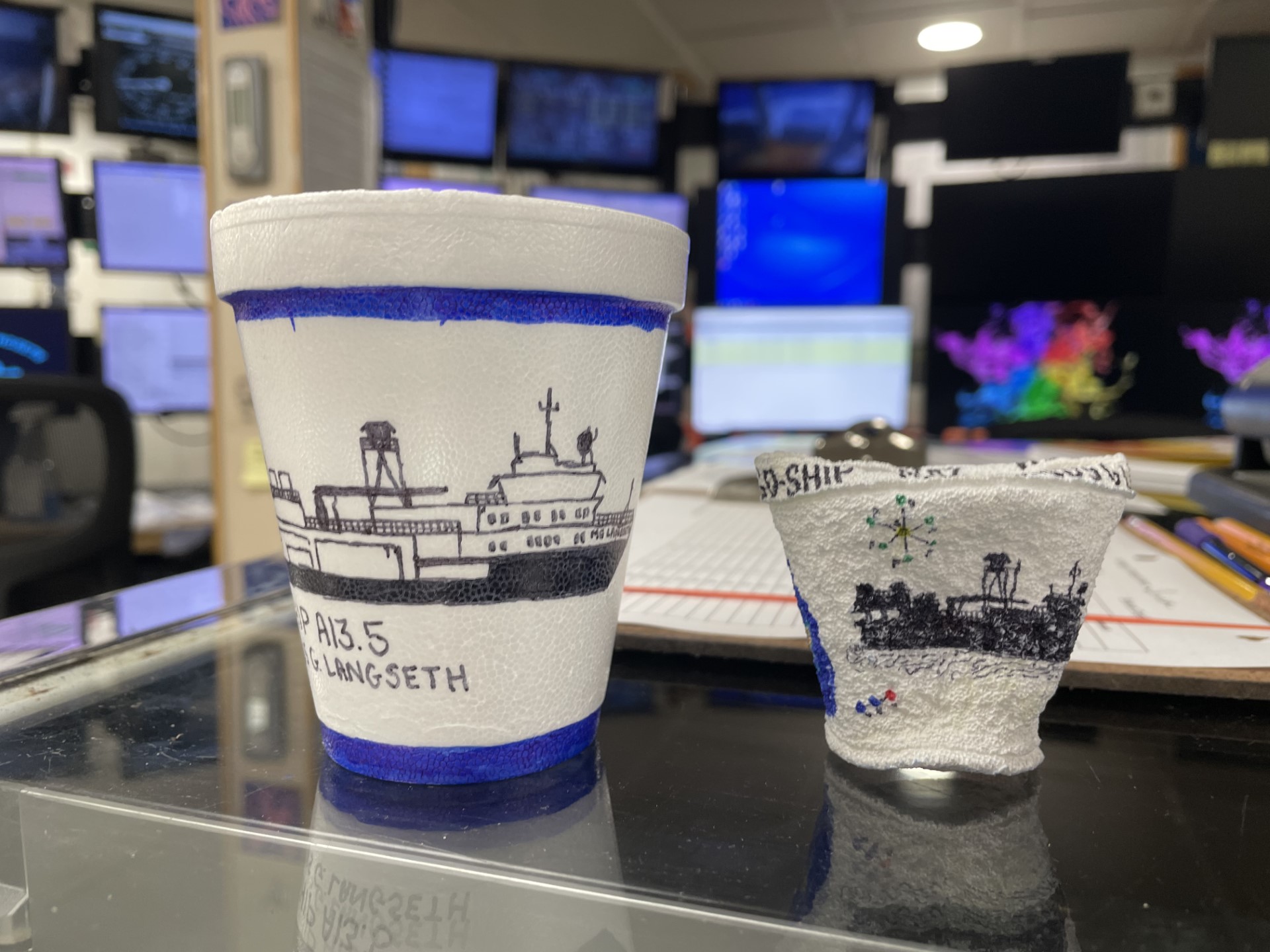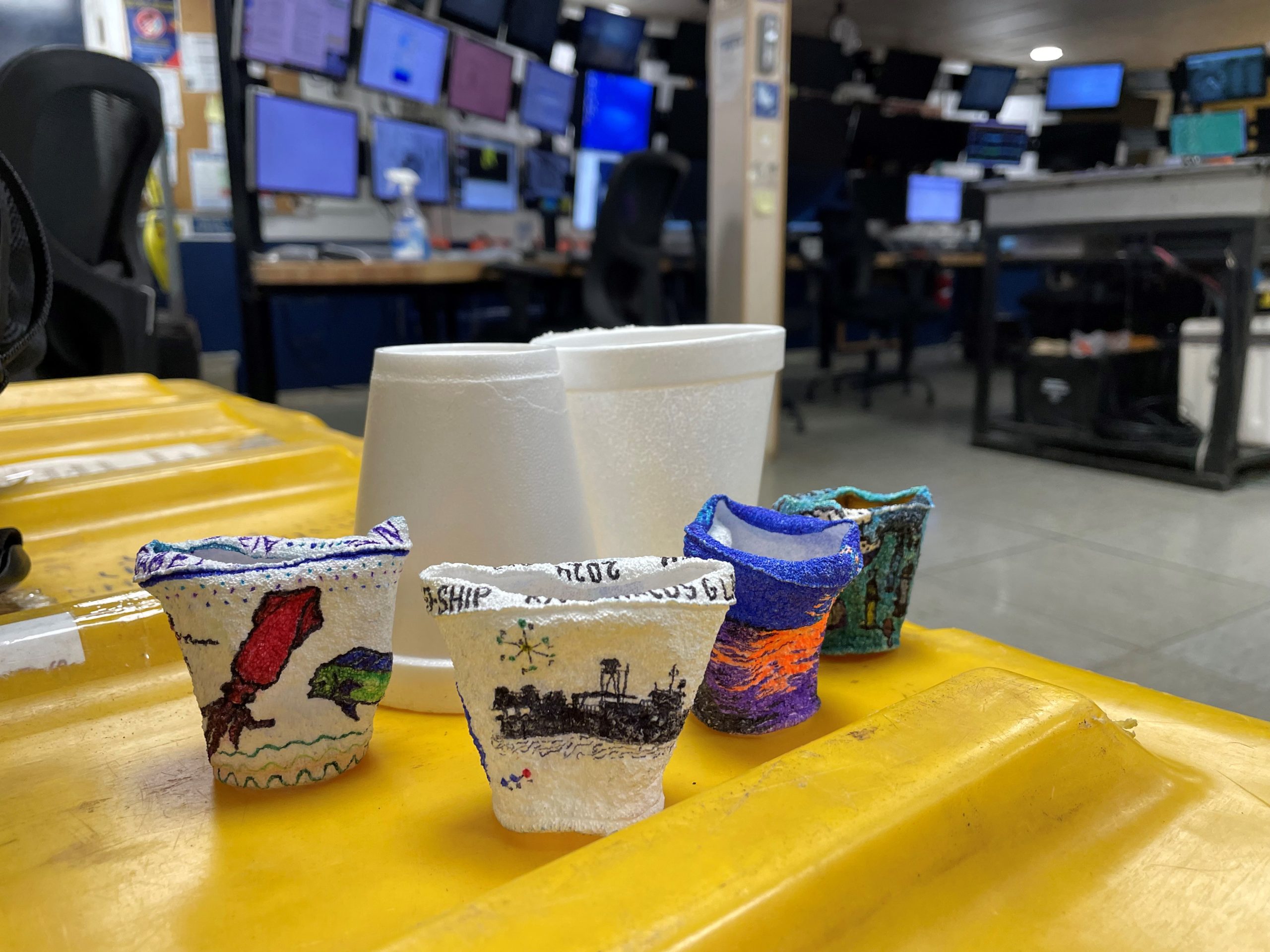Ocean Depths
Exploring Extreme Pressure Changes
How does water depth affect pressure changes? Simply put, as depth increases, the weight of the water above exerts more pressure on objects below, potentially causing them to shrink or collapse under the immense weight. This fundamental principle of physics, based on the force of gravity, is referred to as hydrostatic pressure. So, with every meter an object descends, the pressure around it increases. Pressure, along with buoyancy control, are always discussed “in depth” (couldn’t resist inserting that pun here!) in scuba diving 101, where we learn quickly that our bodies are not able to withstand depths deeper than 40 meters without specialized equipment and the possibilities of succumbing to nitrogen narcosis, decompression sickness, or other negative outcomes.
On the flip side, it’s amazing to think about all the sea creatures that swim down to great depths with ease. Fish in the shallower depths of the ocean typically adapt to changes in pressure by adjusting their internal gas volumes and swimming behaviors. For example, some fish have special swim bladders filled with gas (oxygen or a mixture of gases that are extracted from their bloodstream or from gulps at the surface) that help them control their buoyancy as they move through the water column, changing directions at a whim, and moving up and down as they please. Fish at different depths have established unique adaptations to deal with pressure changes. Most fish found in the deep ocean tend to stay close to the bottom, where they have adapted to the constant pressure of their environments. These incredible creatures either have swim bladders filled with fat or don’t have swim bladders at all, which along with their minimal bone structures and reduced muscle and tissue density, enables them to withstand deep pressures. Many deep-sea organisms can endure the effects of intense pressure because they don’t have lungs or gas filled spaces, and because their cellular structures and metabolic processes have adapted to function in the extreme high-pressure environment of the deep ocean. The diverse ways that fish and other organisms have adapted to pressure changes in their deep-sea habitats are remarkable.
My favorite is the strategy used by whales. After taking in air at the surface through their blowholes, they swim down to unbelievable depths, sometimes for a little over an hour at a time, allowing their lung tissues to compress under pressure to prevent lung rupture and at the same time maintain some gas exchange. They utilize oxygen reserves stored in their blood and muscles and slow their metabolic rate during diving to conserve oxygen. I honestly don’t know anyone that doesn’t get a thrill from seeing a whale appear at the surface, as a thick cloud of mist, consisting of a mixture of air and water vapor produced by the warm moist air from the whale’s lungs as it comes into contact with the colder air at the surface, is expelled through its blowhole. Whales definitely have the best of both worlds, spy hopping to see life above the surface of the ocean and managing the intense pressures encountered as they swim through different water columns! They get to see and experience it all!
Extreme pressure changes are hard to envision. Since many of the CTD (Conductivity, Temperature and Depth) casts we have completed during this cruise have been to depths of 5,000 meters or more, we decided to conduct an experiment to see the effect of pressure in action by submerging Styrofoam cups (which are made from a type of plastic called polystyrene foam) during a deep cast. Science team members as well as Langseth crew members participated in the fun. Little by little, decorated cups began to appear in the computer lab to be sent to the bottom of the ocean with the CTD.
We selected Station #42 (Latitude: 16° 29.99′ South; Longitude: 1° 5.03′ East) on February 22nd to conduct our experiment since the depth was determined to be around 5,500 meters deep (that’s a little over 18,000 feet deep)! The collection of 46 decorated cups, which included a cup for each of the schools that adopted GO-BGC profiling floats, were prepared for their journey.
Paper was placed inside each cup to help keep them from stacking inside each other and to maintain a little of their original shape during the journey to the bottom of the southern Atlantic Ocean. Another option would be to use thread or yarn and make an X across the opening of the cup.
Kristy McTaggart, oceanographer at NOAA’s Pacific Marine Environmental Laboratory (PMEL) and Christian Saiz, engineer at the University of Miami Cooperative Institute for Marine and Atmospheric Sciences (CIMAS), carefully secured a mesh bag containing the cups to the inside of the CTD rosette with zip ties to ensure that none escaped into the open ocean. The CTD was deployed at 11:30pm, carrying our cups to as “near” the ocean floor as we take the CTD Rosette safely using an altimeter to monitor the precise distance from the bottom (CTD target depth = 10 meters above the bottom). The important point here is that we do all possible to avoid having this sensitive piece of equipment touch the ocean floor.
Kristy McTaggart, oceanographer at NOAA’s Pacific Marine Environmental Laboratory (PMEL) and Christian Saiz, engineer at the University of Miami Cooperative Institute for Marine and Atmospheric Sciences (CIMAS), attach the mesh bag of polystyrene cups to the inside of the CTD rosette. Picture by Zachary Erickson (NOAA PMEL).
It took nearly two hours for the rosette to arrive to our target depth (5,489 meters), and another two hours for it to stop at each of the 24 selected depths during its ascent so that each Niskin bottle attached to the rosette (the grey tube-like structures in the photo above) could be triggered to close and obtain water samples at each depth.
Finally, the rosette carrying the polystyrene cups was lifted back onto the deck of the Langseth around 3:15am. Our shrunken little cups kept their color, but they definitely did not keep their original shape! As they descended through the water column, the increasing pressure squeezed out all the air from the polystyrene cups, and the deeper they went, the smaller the cups became.
The 46 shrunken cups after resurfacing from a depth of 5,489 meters. Picture by Jesse Andersen (Earth & Space Research).
Cups made by science team members for the ten schools that adopted Argo Navis Autonomous Profiling Floats deployed on the A13.5 (see the two previous blogs describing the GO-BGC Floats for more information about these schools).
Everyone had such a fun time creating mementos of the Langseth and A13.5 that we decided to do it again! This time we sent 33 cups to 5,124 meters deep at Station #86 (Latitude: 38° 30.576′ South; Longitude: 0° 59.724′ East) on March 8th. A theme for many of the Round Two cups was “Atlantic Squid” since we have seen many of them during the cruise (see the pictures below of some of the cups included)! We secured another mesh bag of decorated cups to the inside of the CTD rosette and deployed it to 80 meters above the bottom of the ocean, relying solely on the ship’s multibeam sonar system.
Round 2 deployed at Station #86 (38° 30.576′ South) included 33 cups traveling to a depth of 5,124 meters. Pictures by Jesse Andersen (Earth & Space Research).
Several of us were curious if the cups would shrink less since this cast did not go as deep as the first one. However, our second experiment was inconclusive since some of the cups ended up smaller while others were larger than the first attempt, and the ones shaped like squid shrunk in really strange ways, so who knows what was happening with those! There were just too many different variables involved (different number of cups in the same size mesh bag, the way the cups stacked while shrinking, some cups were cut into different shapes, the temperature of the water was colder and the salinity level was denser during the second attempt, and the depths of both casts were fairly similar, relatively speaking). At any rate, we still had a lot of fun comparing the outcome of our cups from both casts!
Eva Jundt, pH measurement team member from Texas A&M University—Corpus Cristi, showing two of the cups she decorated before they went diving.
To learn more about ocean pressure and additional strategies used by organisms and fish for survival, check out the following pages:
Teresa Kennedy, CTD Watchstander, 3/12/2024 University of Texas at Tyler; University of Rhode Island
All pictures by Teresa Kennedy unless otherwise noted.
[

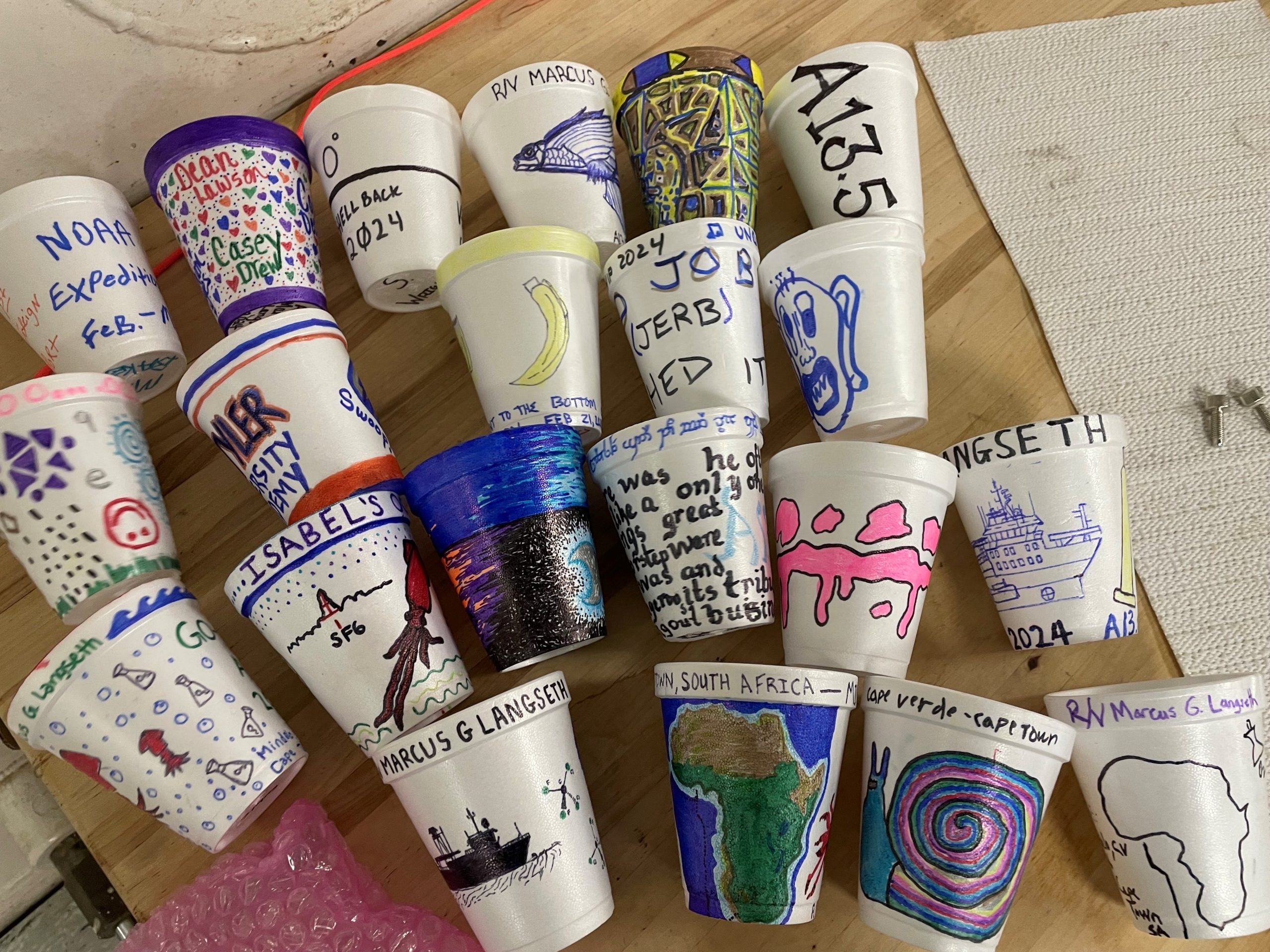
![PIC 3 Cups Before Decorated polystyrene cups ready to be placed into a mesh bag, attached to the CTD rosette, and taken to a depth beyond 5,000 meters deep. Picture by Zachary Erickson (NOAA PMEL)]](https://www.go-bgc.org/wp-content/uploads/2024/03/PIC-3-Cups_before-scaled.jpeg)
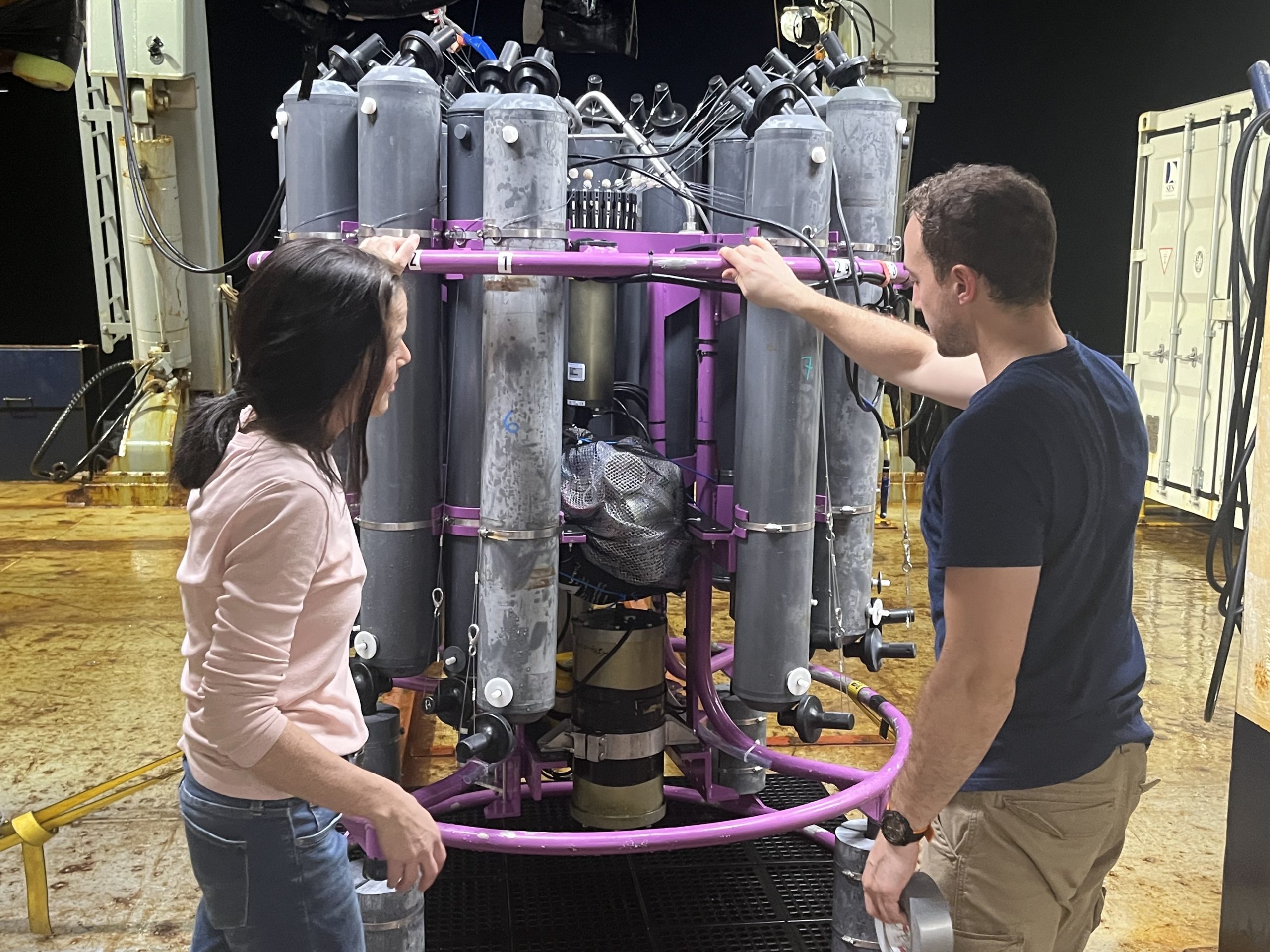
![PIC 5 Kristy Christian 2 Kristy and Christian add extra zip ties to ensure the mesh bag remains attached to the inside of the CTD rosette during its 4-hour trip to the bottom of the ocean and back to the ship. Picture by Zachary Erickson (NOAA PMEL)]](https://www.go-bgc.org/wp-content/uploads/2024/03/PIC-5-Kristy_Christian-2-scaled.jpeg)
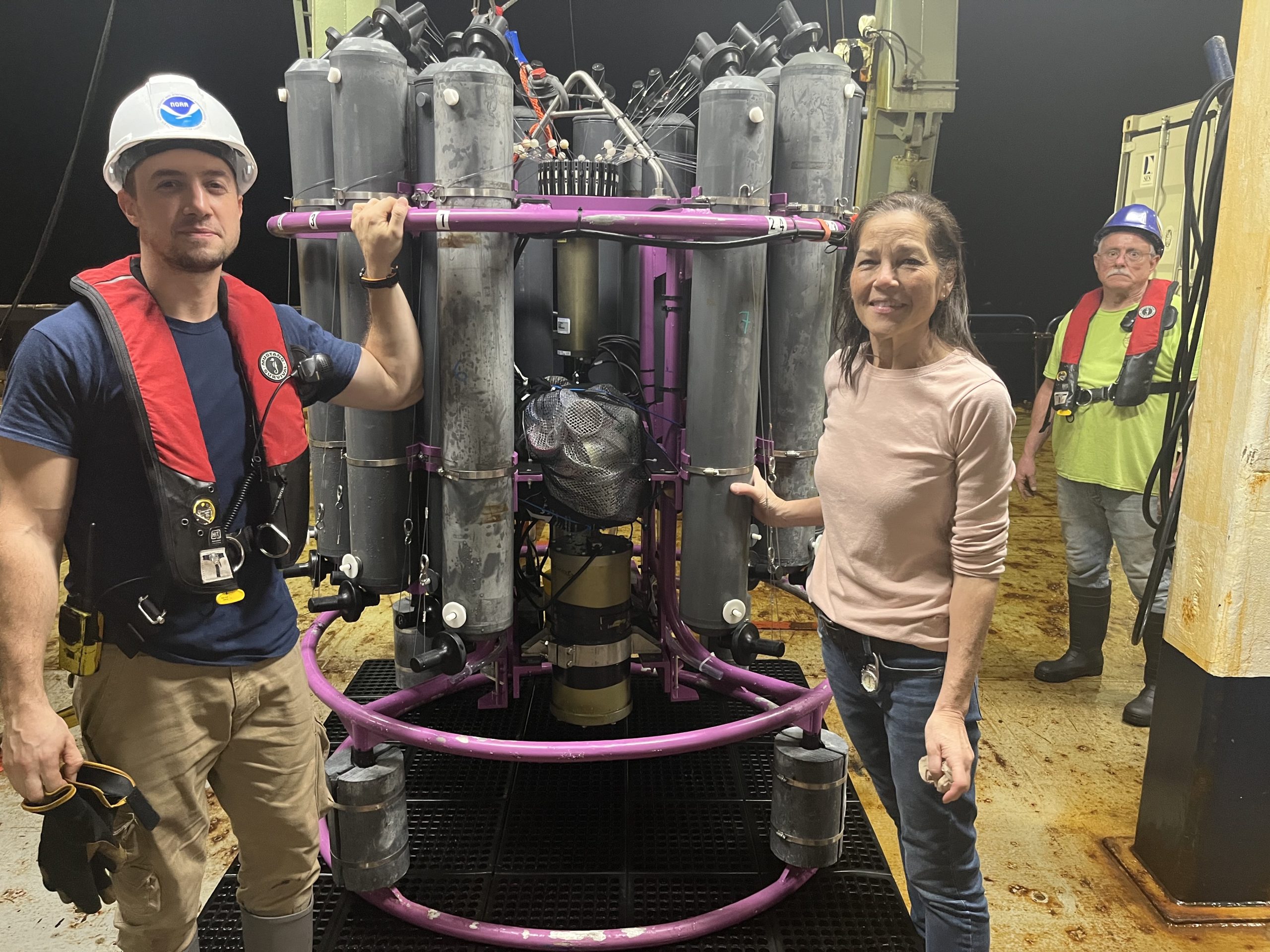
![Pic 7 Round1after1 Jea The 46 shrunken cups after resurfacing from a depth of 5,489 meters. Picture by Jesse Andersen (Earth & Space Research)].](https://www.go-bgc.org/wp-content/uploads/2024/03/Pic-7-round1after1_jea.jpg)
![Pic 8 School Cups Cups made by science team members for the ten schools that adopted Argo Navis Autonomous Profiling Floats deployed on the A13.5 (see the two previous blogs describing the GO-BGC Floats for more information about these schools).]](https://www.go-bgc.org/wp-content/uploads/2024/03/Pic-8-school-cups.jpg)
